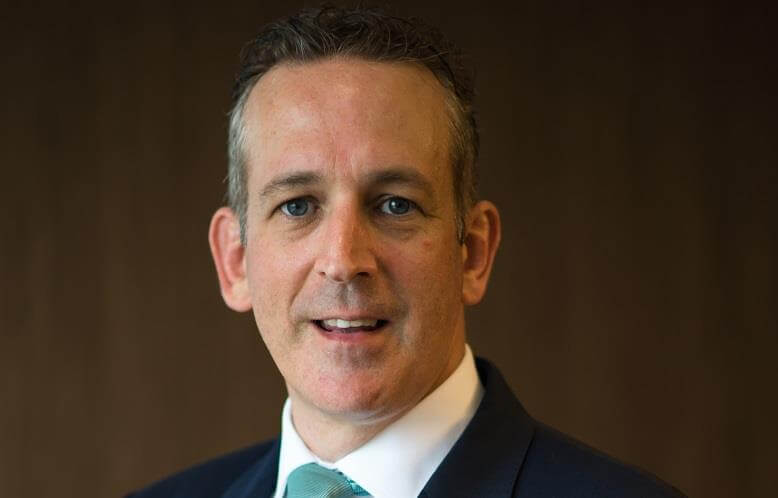2016 marks the successful finish of our first ten-year fund, The South East Asian Strategic Assets Funds, and we have two other funds under management. We are headquartered in Singapore, where we are licenced by the Monetary Authority of Singapore, and have offices in Malaysia and Indonesia.
CapAsia’s infrastructure Funds intend to offer investors a well-defined investment proposition that is circumscribed by the core investment characteristics of infrastructure. CapAsia is aware that investors in its funds expect investments made by these funds to consistently exhibit specific investment and performance features such as a lower risk/ return profile and current and yield elements that are distinct from those from other alternative asset classes such as buy-out funds and real estate.
In general, it is expected that infrastructure funds offer more downside protection in economic downturns and are less exposed to commercial risk due to the monopolistic nature of the markets in which such companies operate. Equity investments in infrastructure often are further de-risked through current yield returns from dividend payments. Due to the lower risk of the investment, investors should expect lower returns than from alternative assets classes.
In our investment area, infrastructure companies often operate as natural or commercial monopolies due to either regulation or high barriers to entry. As such, the nature of the services provided should involve limited commercial and market risk. Infrastructure companies have long time horizons and are normally capital intensive.
Furthermore, infrastructure investments should offer stable and predictable cash flows that are only to a limited extent affected by downturns in the economic cycle. The stability and predictability of cash flows stem from the natural monopoly character of the infrastructure service provided (for example toll roads or bulk water supply), the stickiness of demand (telecommunication infrastructure) or longer term purchase contracts (power generation but also higher education).
Also, the financial performance of infrastructure investments should display a lower correlation with the macro-economic environment than other alternative assets. Within infrastructure the degree of correlation with the economic cycle differs. Investments in container terminals typically are more leveraged on the economic cycle than, for example, urban toll roads.
Finally, infrastructure investments may have some hedge against inflation or, in the case of emerging markets, foreign exchange risk. On the former, concession contracts may contain tariff escalation mechanisms that allow increases to account for inflation. Further, in emerging markets under local regulation or the terms of a concession, the costs of materially important inputs such as those of internationally traded commodities like fuel stock for thermal power plants or that of hard currency denominated debt, are often allowed to be treated as passthrough costs.
With our flagship fund now finished, our main focus is on our two other funds: the Islamic Infrastructure Fund and the CapAsia ASEAN Infrastructure Fund. Across our funds, we have invested in several countries: Kazakhstan, Pakistan, Thailand, Malaysia, Indonesia and the Philippines, and across several sectors: thermal power, renewable energy, toll roads, social infrastructure and telecoms infrastructure.
We take great pride in the fact that our first fund was a top performing fund for its 2006 vintage (according to Preqin) and delivered a gross money multiple of 2.3x and net of 1.7x. Gross IRR was 18% in USD. Furthermore, across our second and third funds we manage approximately USD 240m for our institutional investors and our limited partners.
When looking back on our successes to date, we believe that this is primarily due to the fact that we are active investors, and we take our roles on the boards and committees of our portfolio companies very seriously. Moreover, we are based in Asia and have extensive experience in the geographies in which we invest. We also try to take a flexible approach to exits, although most of our exits are through trade sales, we have also been able to exit through the public markets.
In terms of our strategy, we are diversified across several emerging markets, and most of them are investment grade. We believe our markets provide investors with geographic diversification and also exposure to the growth dynamic in these emerging markets. The demographic dividend of our markets is well understood, and the structural shifts to an emerging middle/consumer class, and continuing urbanisation provide significant demand for infrastructure and services. In some of our markets, we are able to be an early mover, such as backing renewable energy projects, and this can allow us to take advantage of attractive economics. In thermal power and transportation, we typically provide expansion or buyout capital to existing assets, where the continued growth in demand provides attractive upside. As for our clients, they are all accredited and qualified institutional investors. These include some of Asia’s leading banks and financial institutions, pension funds and development finance institutions. Looking further into 2016 and beyond, we are very optimistic about the future of our company. We are continuing to deploy capital from our third fund this year, and manage the performance of our existing assets across both of our remaining funds. Only once we are substantially in our third fund will we look to raise additional investment capital, although that is certainly something that we will consider.
Company: CapAsia
Name: Co-CEOs Craig Martin ([email protected]) and
Devarshi Das ([email protected])
Web: www.capasia.com























